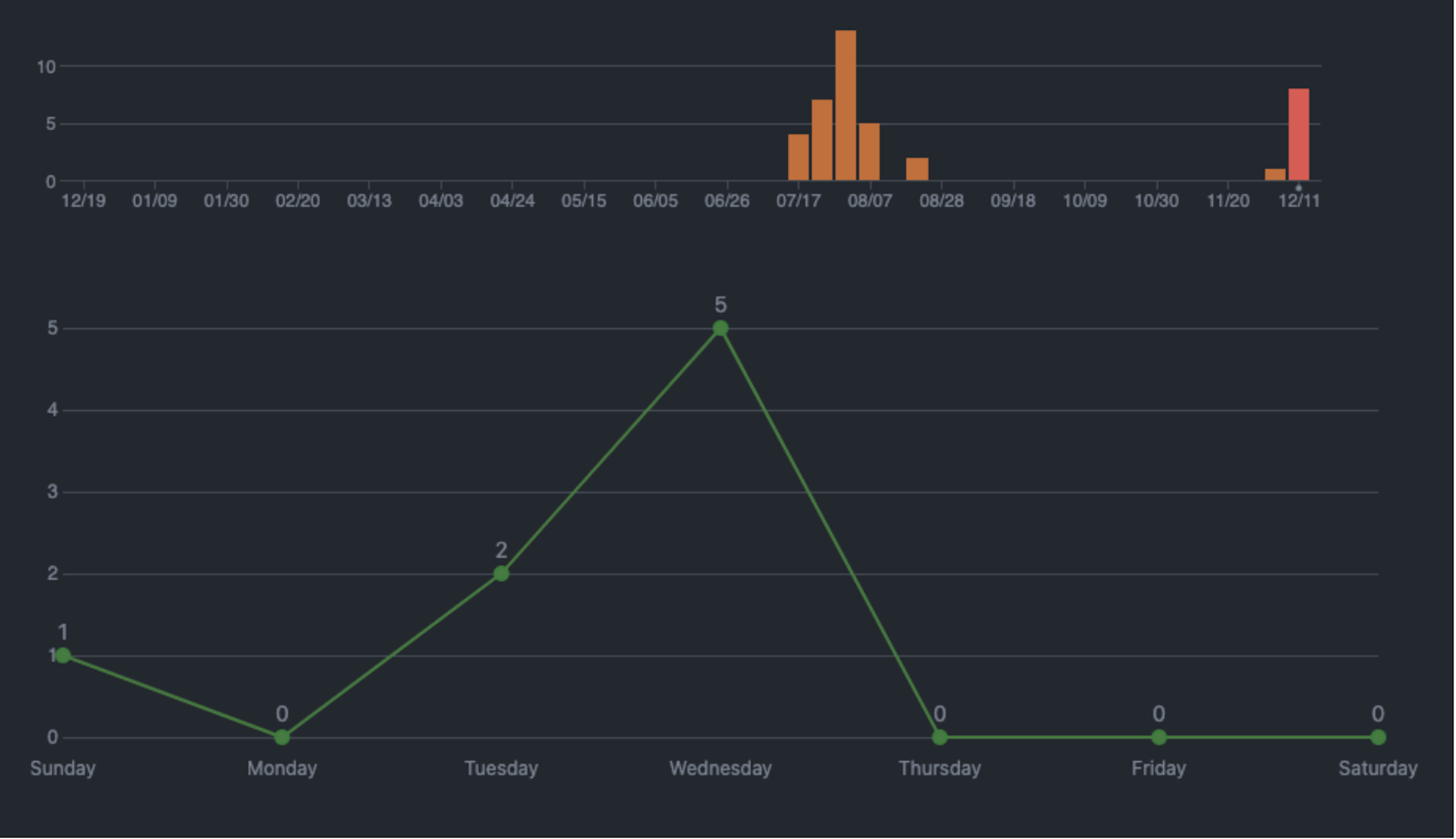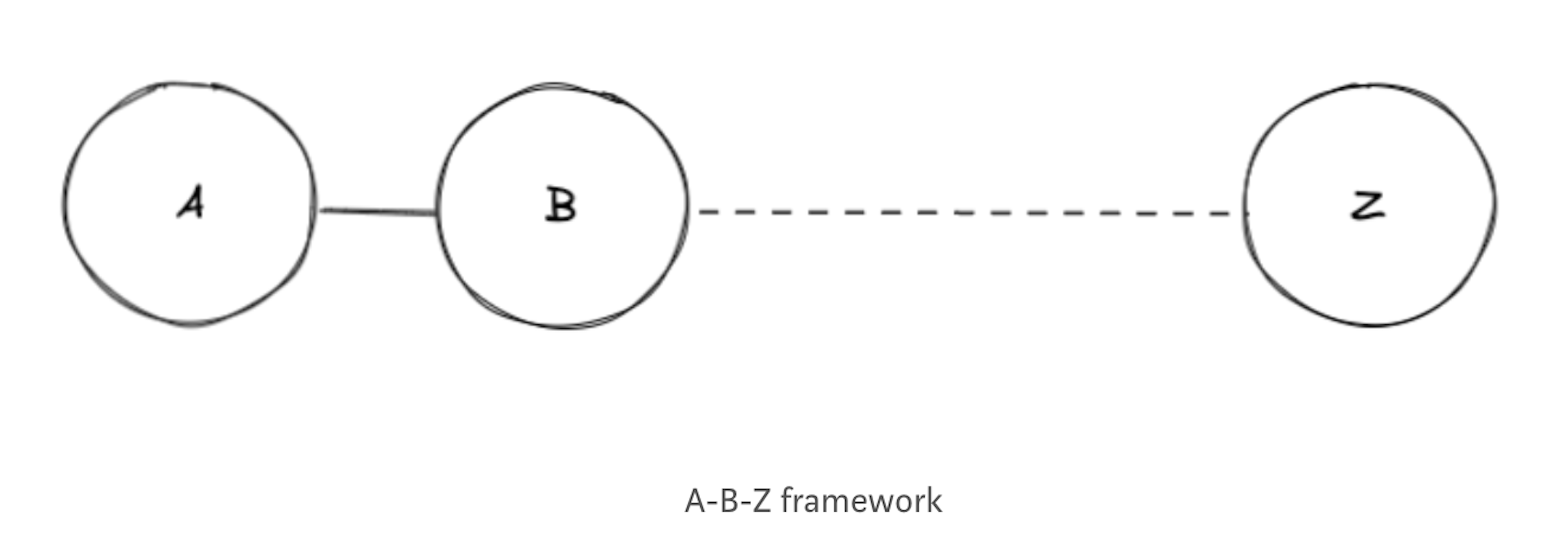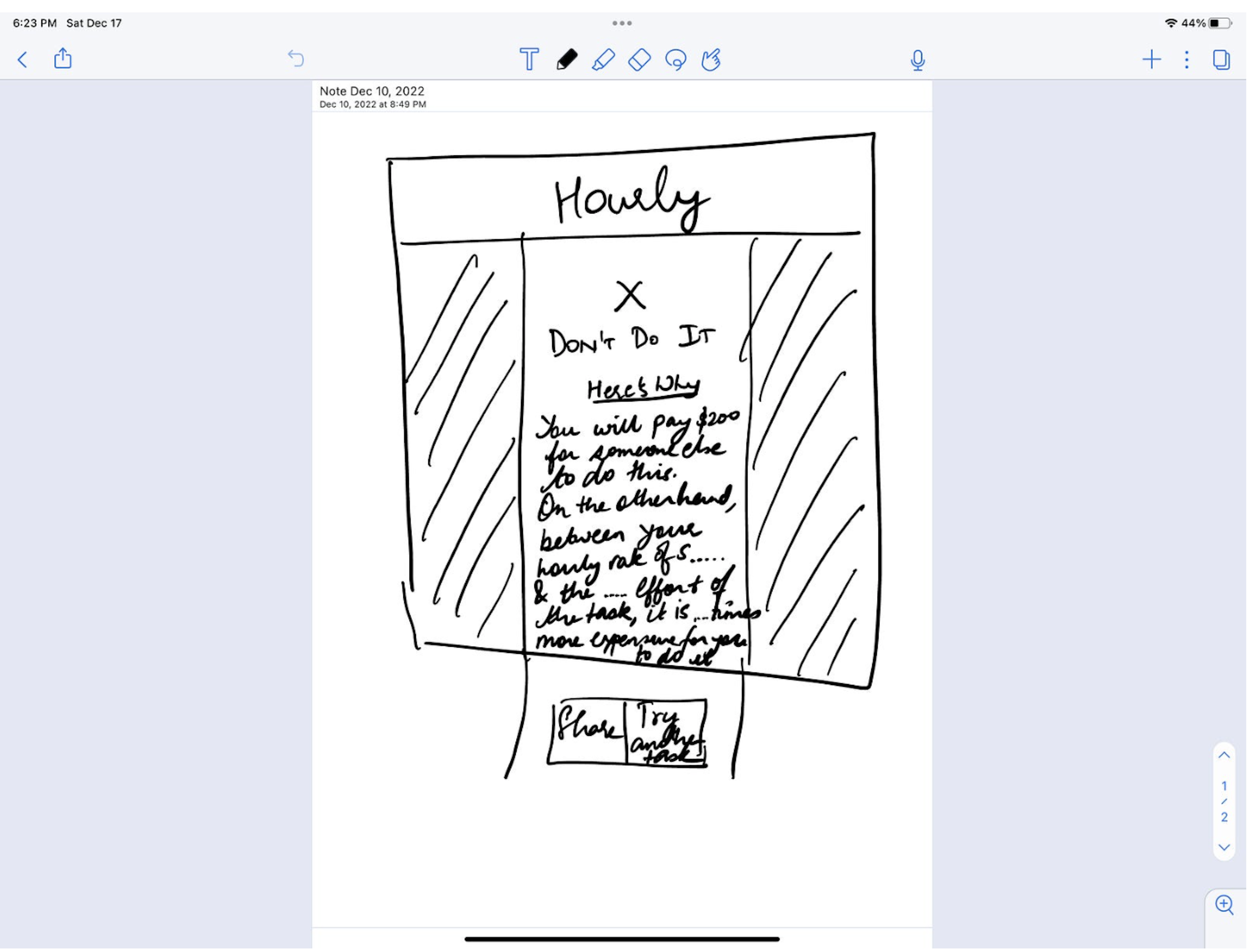- Published on
- Friday, February 23, 2024
How I used the A-B-Z theory to be productive
I launched Hourly on Product Hunt on Dec 15, 2022. Hourly helps you decide whether you should undertake a task on your own or outsource it to someone else. It was a labor of love that took me close to 5 months from start to finish as the first commit dates to July 18, 2022 - although most of the work was done over the course of the first 2 weeks.

Motivation behind Hourly
I tried to succinctly provide the reasons behind building Hourly here. However, behind the scenes, I have been itching to just finish something from start to finish for a while now. The last thing I completed in 2022, was the Net Worth Guide. Since then I had been on the prowl for something that I would want to put out there in the world. My rationale was to do something small and easy that I knew I could ship, and that would build the momentum and the confidence to ship the next thing which could be a slightly bigger project for me to take on. However, along the way I kept getting distracted and would try to work on something more grandiose. However, the thing that got me back on track was that each time I made progress in the little time I would spend on Hourly, it would give me the motivation to keep contributing towards it. A big reason for this was that I was getting closer to the goal I had set to myself whereas some of the other projects I was dreaming up were not getting my full care and attention.
A-B-Z framework
When I worked on Hourly, there was one thing I was very cognizant about - that I don't try to think of all the things I need to get to a shippable product. I followed what (I think) is called the "A-B-Z" framework (not to be confused with the one by Reid Hoffman - if anything it's the complete opposite) that I had first heard on My First Million, although it might have other monikers.
This theory posits that if you start at "A" and know that your ultimate destination is "Z", all you need to concern yourself with is how you get to "B". Do not worry about anything else.

Once you get to "B", you can think of what you need to do to get to "C" and so on and so forth. By thinking of things in small, bite-sized increments, I was able to gain tremendous focus on the task at hand, instead of getting lost in the details of how to achieve the grand vision. Additionally, sometimes it became clear, that when I got to "B", I didn't need to think of "C", but instead I could skip to "D" or "E" which is a great way to remain agile in the way you think about problem solving. It helps you prioritize ruthlessly and not give in to the pangs of perfection that ever draw one away from their goal of completing tasks.
Designing the user experience
I am not a very artistic person, and tend to think of many things in highly structured ways rather than in a flowing, design sense. This reflects itself in many ways in my own life. It is perhaps a reason for why, in the realm of my professional computer science experience, I have gravitated towards going far deeper into backend systems development rather than frontend user experiential development. Talking with machines is far easier than dealing with the idiosyncrasies and development the intuitive engagement pattern one needs to work with our fellow humans. In Hourly, it reflects itself as a fairly structured intake form that has neat lines and clean boundaries. I am always aspiring to loosen up the rigidity of my thinking in the pursuit of artistic freedom, and I am yet to find something that liberates me in that sense. However, at the end of the day, Hourly is made for humans and I needed to challenge myself on 2 fronts with respect to this
- Coming up with an aesthetic visual design
- Working with front end tech to bring that visual design to life
On the first one, I realized that unless I put pen to paper (or in this case, an Apple Pencil to iPad) I would completely struggle to visualize what I wanted to application to look like. The moment I would start sketching what I thought the page should look like, immediately provided clarity for what I was trying to accomplish.

On the second point, I have come to a conclusion that I am just not the guy who can write CSS from scratch. I have spent many a moon trying to pierce through the veil of this front end wizardry, and I have always had to turn back. However, with the advent of NextJS and Tailwind CSS, I have found two technologies that assist the most hopeless front end developers, and enable them to perform tasks previously beyond their capabilities.
Those were the big highlights from this journey of releasing Hourly into the wild. As the saying goes, Onward and Upward!